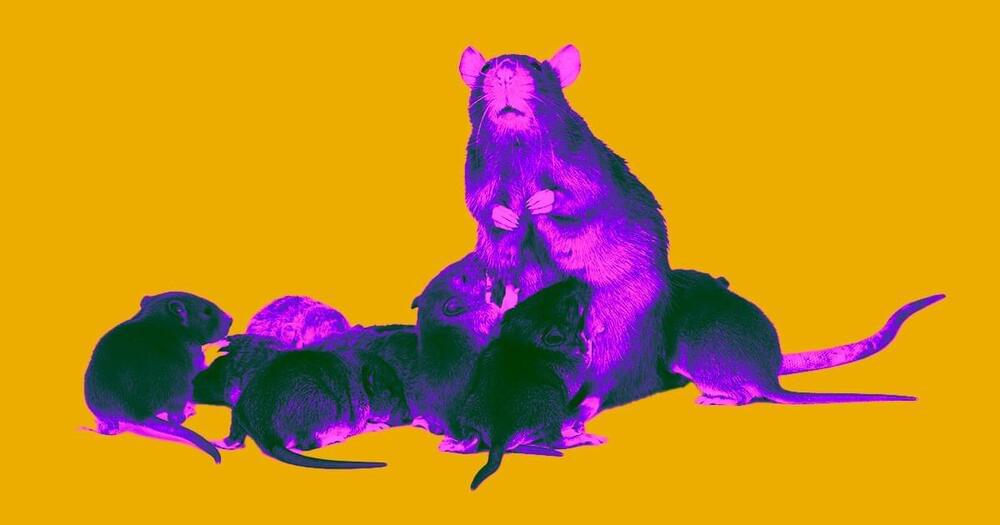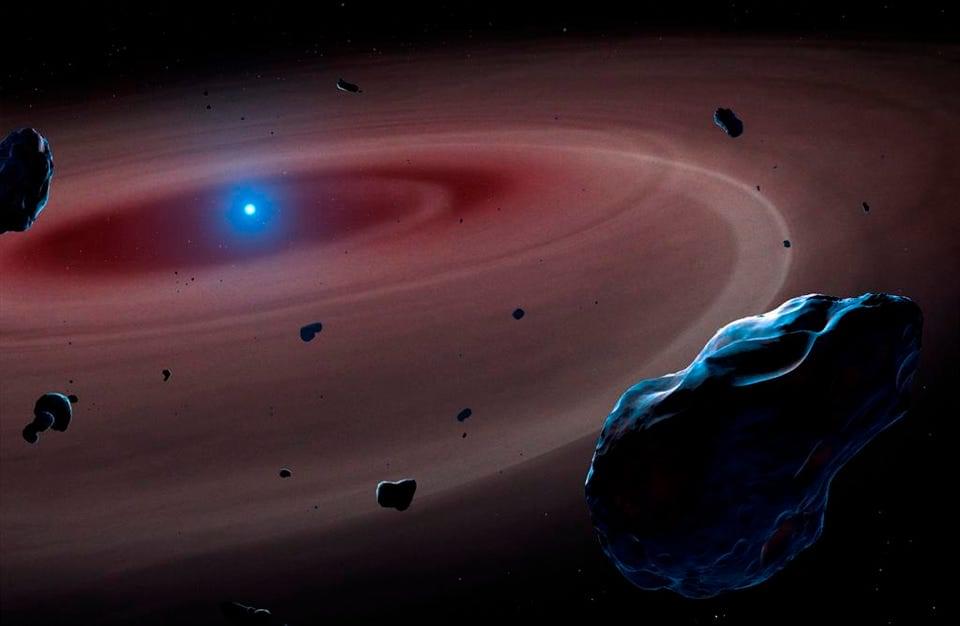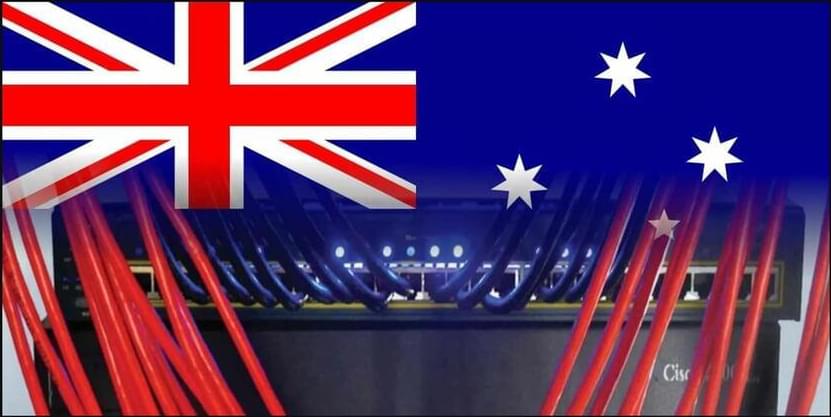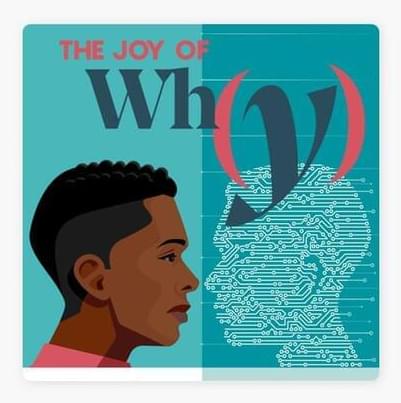In a new study, lab mice given an experimental drug were jokingly referred to as “supermodel grannies” because they looked so youthful even while aging beyond their expected lifespan.
As the BBC reports, the trials for a drug believed to flush out a protein known as interleukin-11 — which in early development helps build our bones but later in life causes the kinds of inflammation that triggers much of the illness of aging — have already had intriguing success in mice.
Published in the journal Nature, a paper about the research undertaken by scientists at Imperial College London, Duke-NUS in Singapore, and the MRC Lab of Medical Sciences found that when given a drug that purges interleukin-11, the mice became more lean, had healthier fur, and had significantly lower levels of cancer than their counterparts of the same age.









